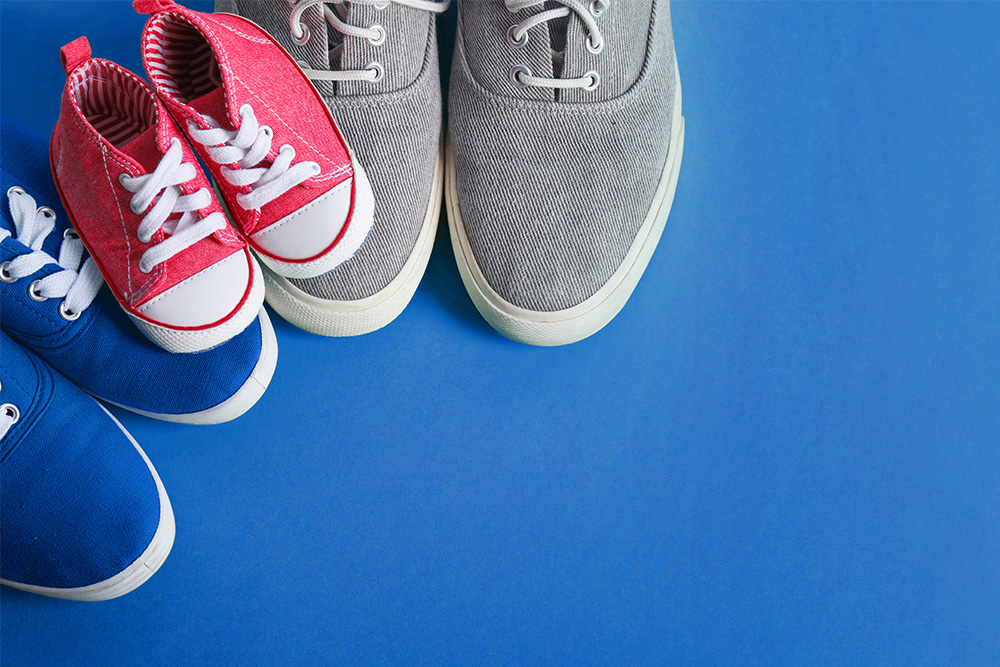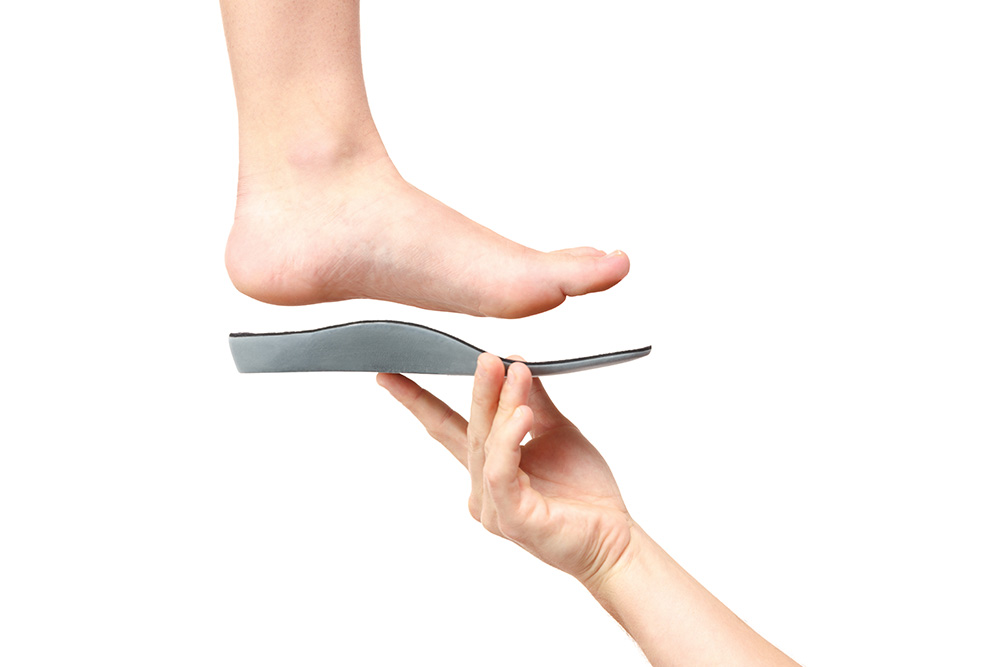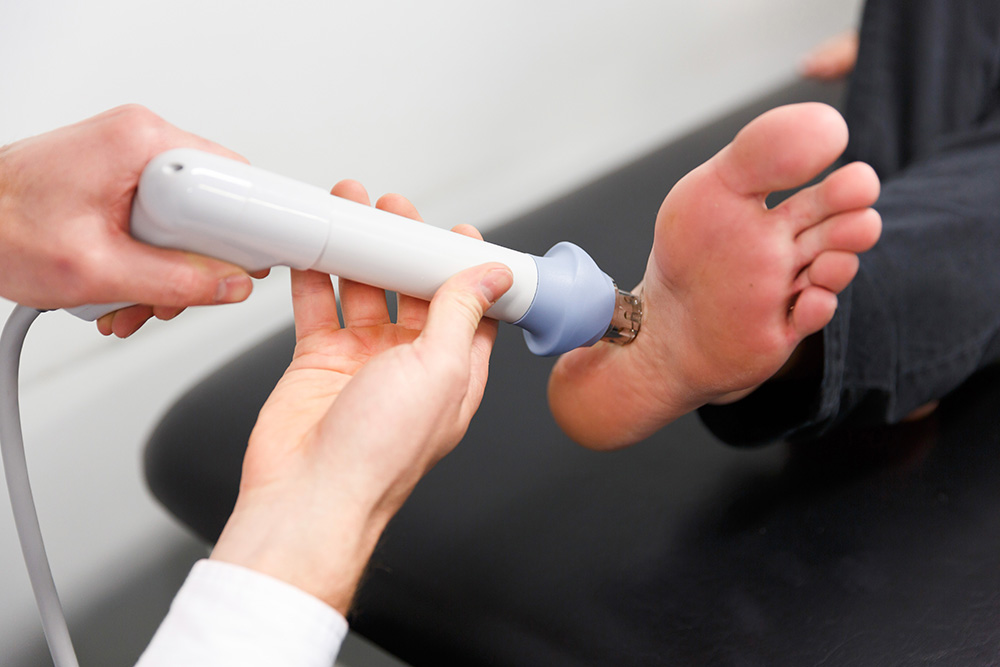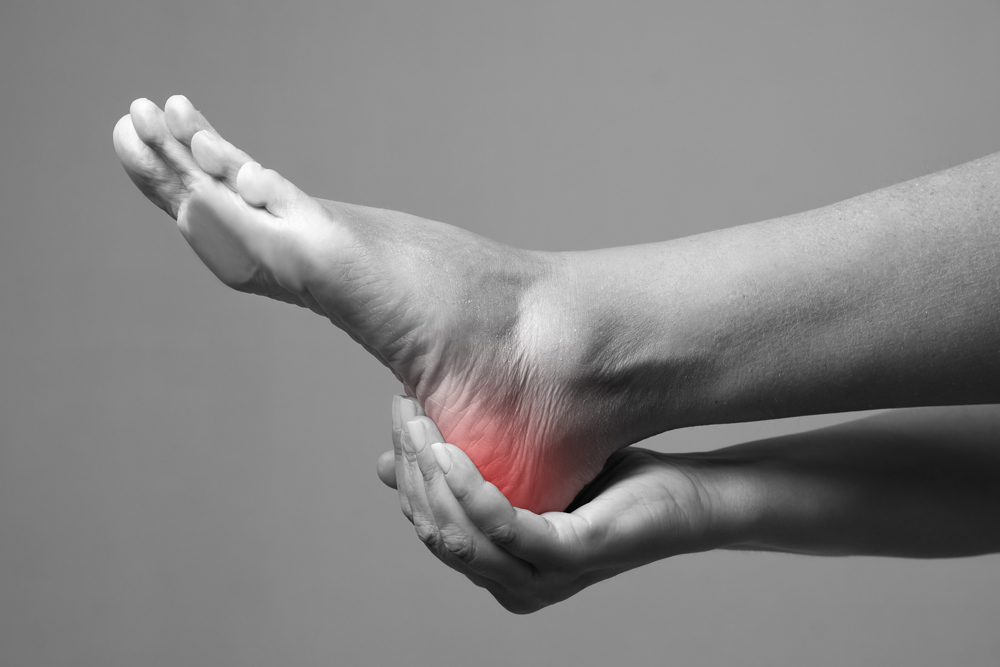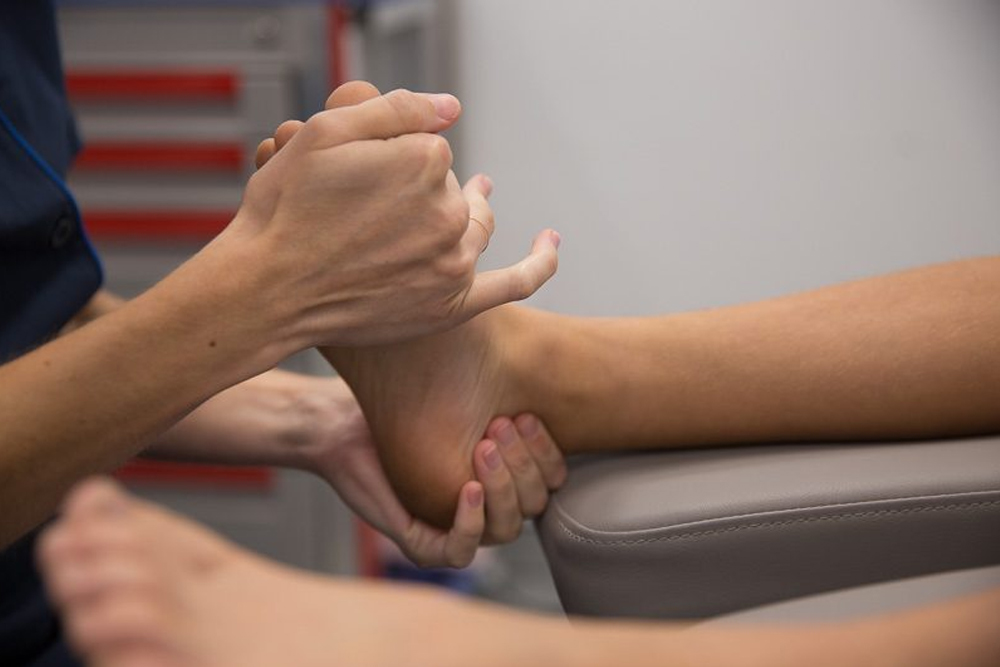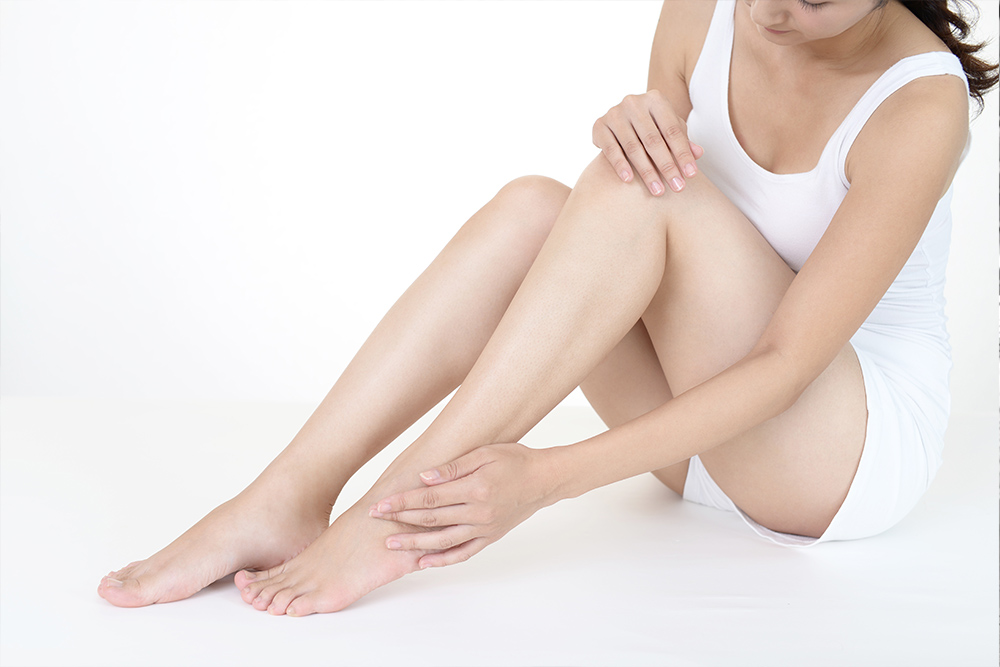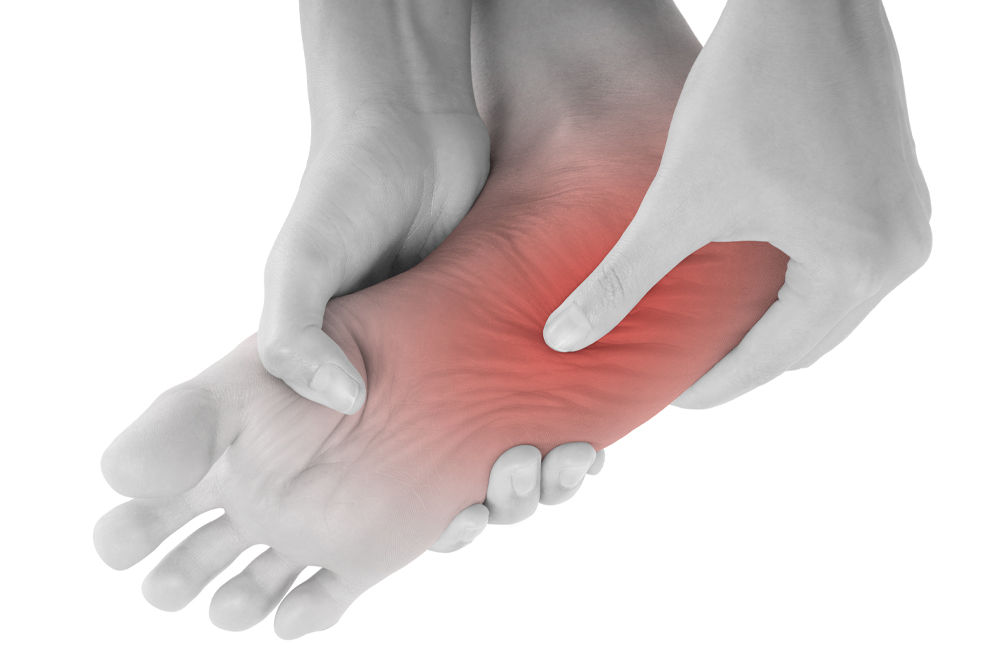
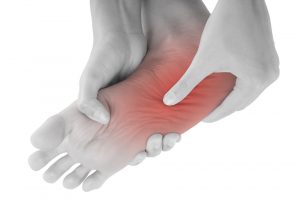
What does pain in the arch of your foot mean?
Arch pain can be frustrating, debilitating, and can impair your ability to work or enjoy the activities you love. Having arch pain means that either something in the arch has become damaged, like your plantar fascia or one of your metatarsal bones, or that something else is going on that shouldn’t be – like an infection or a flare. This will affect the way your arch absorbs shock, bears weight, creates balance and stabilises your movement.
Reasons for foot arch pain
Pain in the arch of the foot can be experienced by people of any age and activity level, though it tends to be even more prevalent in women with flatter feet. As the feet are complex structures with many muscles, tissues, ligaments and bones, identifying the cause of arch pain can often be difficult.
At My FootDr, arch and heel pain impact a large portion of the patients we see and treat. Factors that contribute to arch pain may include:
- A flat (pronated) foot type
- Bunions
- Hammertoes or claw toes
- Plantar plate injuries
- Plantar fasciitis
- Injury to the posterior tibial tendon
Arch pain symptoms
Aside from pain and tenderness through the arch, you may experience mild swelling, heat and pain that is exacerbated by walking and relieved with rest. These symptoms, however, are very much dependent on the factors that are contributing to your arch pain and your diagnosis.
How to get rid of foot arch pain
Treating pain in the arch of the foot starts with identifying factors that may be associated with your symptoms:
- Have you recently changed your activity levels?
- Have you increased the distance you’re running or your training intensity?
- Has your footwear worn down over time and is no longer providing you with the support you need?
- Has there been any trauma to the heel or arch?
- Are your foot biomechanics placing excess strain on a muscle, tissue or ligament in your arch?
- Is there something else going on that should be investigated further?
There are plenty of questions we will investigate to get to the root of your arch pain problem. Often, an injury has many contributing factors and identifying these is important in preventing it from happening again.
We’ll conduct a comprehensive assessment to understand the movement, strength and function of your foot and lower limbs, as well as analysing your gait.
From here, your podiatrist will create a unique treatment plan to address and help relieve your current arch pain symptoms. The goal is always to both give you relief from any pain and discomfort, create optimal conditions for the tissues to recover, and then teach you how to put the right measures in place to reduce the likelihood of your arch pain recurring.
Depending on the cause, your arch pain treatment may involve:
- Footwear modifications
- Strapping
- Splints, braces or other devices
- A stretching and strengthening programme
- Gait retraining
- Orthotics
- Shockwave treatment
Arch Pain FAQs
What causes pain in the arch of the foot?
Identifying the cause of arch pain without seeing a podiatrist can be difficult. However, factors that contribute to arch pain may include: a flat foot type, bunions, hammertoes/claw toes, plantar plate injuries or an injury to the posterior tibial tendon. Other factors that could be a cause include weight gain, ageing, overuse or physical stress. Plantar fasciitis if often cited as the main cause of arch pain.
How to help pain in the arch of the foot
As arch pain can be caused by a variety of factors, working with your podiatrist to find a treatment that best addresses the pain is important. Your podiatrist may recommend footwear modification, strapping, using a splint or brace, a strengthening programme, gait retraining, orthotics or shockwave treatment.
Can lower back problems cause pain in the arch of the foot?
Lower back problems can cause pain in the arch of the foot; however, it is very rare to experience foot pain without experiencing leg pain as well. Arch pain (and leg pain) associated with back problems is often caused by a nerve root that is irritated or compressed in the lower back. It is important to speak with your podiatrist to identify the true cause of your arch pain.
How long does arch pain last?
If left untreated, arch pain may last months or years, depending on the cause. Oftentimes, if the causal factors for your arch pain are still present in your everyday life (like a specific pair of shoes), the pain will continue. With treatment, we expect a full recovery within weeks or months. This largely depends on the severity of your pain or injury, and the cause of your arch pain.
What does arch pain after running mean?
It means that the demands on your feet placed by the movement of running is more than one or more structures in your feet can safely handle, leading to damage. This means something must be changed – whether that means improving the strength of specific muscles, improving flexibility, getting better support for your feet, new footwear, or something else.
What are the best orthotics for arch pain?
The best orthotics for arch pain are custom-made. We do not recommend buying the ‘one-size-fits-all’ type of orthotic from the chemist as these presume that every foot is the same and needs the same features, offering mainly cushioning alone. This is not the case at all.
To effectively resolve arch pain and keep it gone, you must address the specific muscles, ligaments, tendons or bones that have become damaged. This way, you can both facilitate their repair now, and prevent the problem from returning in the future. This is done using custom foot orthotics made specifically for you using a 3D foot scan and a personalised prescription by your podiatrist.
What are the best shoes for arch pain?
This varies greatly depending on the cause of your arch pain and your foot type. If you have a flatter foot type that is straining your arch, you may likely benefit from shoes that offer good arch support. Others may benefit more from a neutral shoe with good shock absorption properties. When selecting a shoe, you must take into account the many features of your feet and legs, not just your arch pain.



